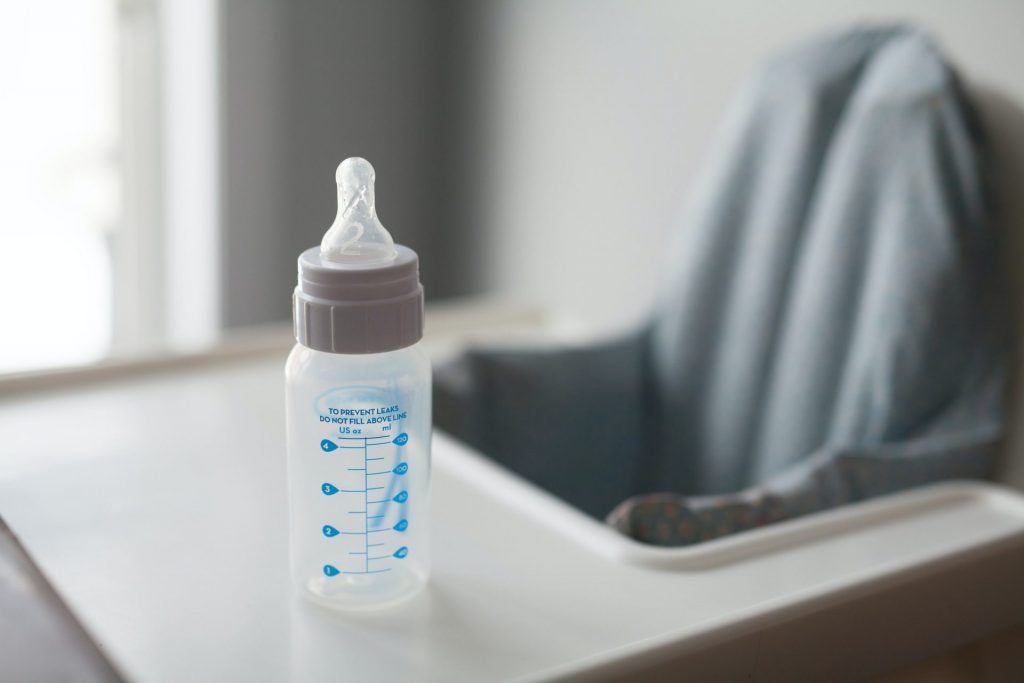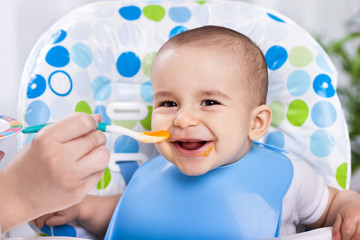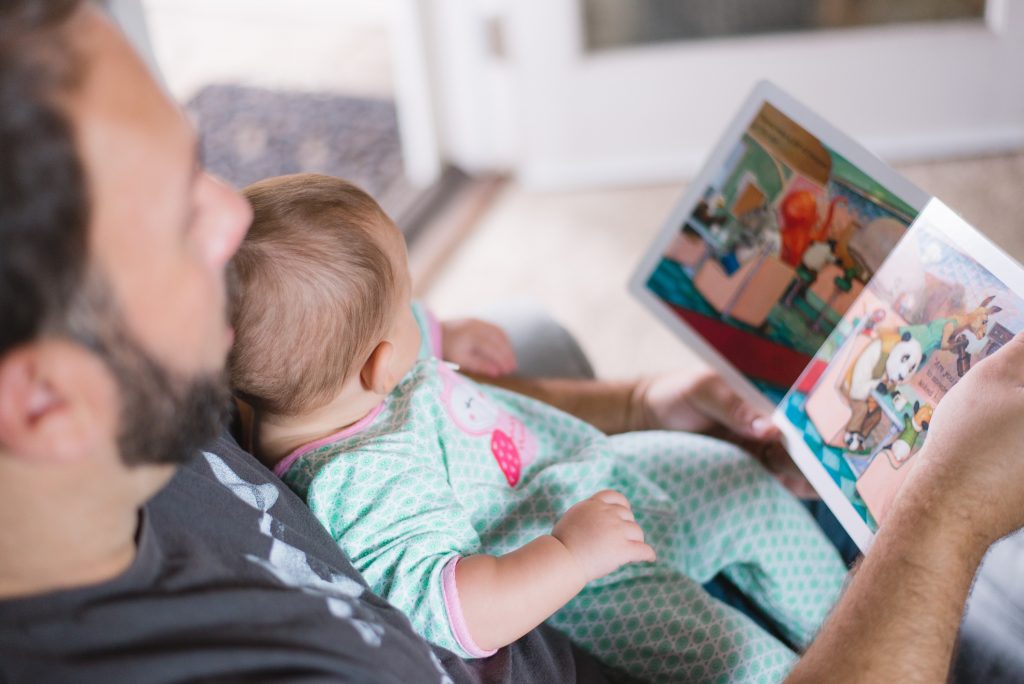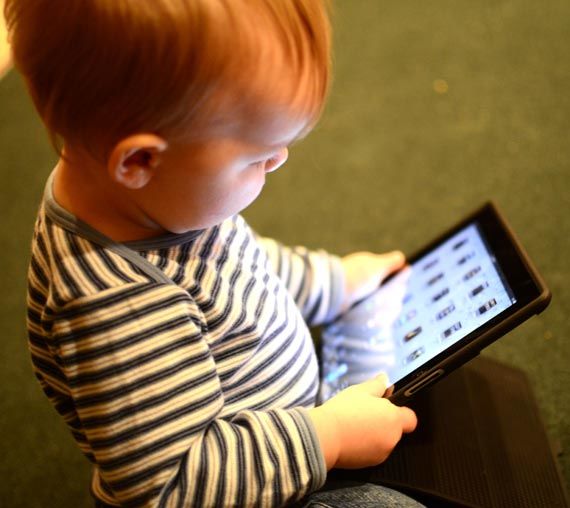
When it comes time to offer the cup, what’s the best way to help your baby say good-bye to the bottle? The transition away from bottle can be emotional and slightly terrifying as a parent. Weaning can mark the end of babyhood in many ways. However, many more milestones are yet to come! Just remember that the weaning process is…a process. And starting when a child turns 1 year old will be easier than beginning when he or she is older.
When should you wean baby off the bottle?
Pediatricians and Pediatric Dentists say that babies should begin weaning at 12 months – and the American Academy of Pediatrics (AAP) recommends to complete weaning from the bottle by 15 months old. Babies rarely give up their bottles easily – which is why so many toddlers continue use it long past the recommended 12 months of age.
Why should I wean baby off the bottle?
There are plenty of good reasons to kick the habit by age 1. Toddlers who continue to drink from the bottle may be filling up on liquids and skipping solids – essentially hindering their appetite for foods and important nutrients. Also, bottles boost tooth decay. Milk contains lactose, a type of sugar, creating an environment for bacteria to grow. And if you’re giving your child juice in the bottle, that’s even worse. Furthermore, because the bottle significantly increases the risk of cavities, the likelihood that your child will have a dental issue also increases.
How do I wean baby off the bottle?
Introduce the cup at 6 months old. In the beginning, most of what you serve in a cup will end up on the floor or on your baby, ultimately creating a mess. But by 12 months old, most babies have the hand coordination needed to hold a cup and to drink from it properly.
Quitting the bottle cold turkey may work for a few babies, but for most, a gradual transition is best. That means phasing out one feeding session at a time. Morning and midday bottles are easier to eliminate than the evening bottle (because most children are attached to the nighttime bottle as an evening ritual before bed). Therefore, as you encourage baby to drink from a sippy cup, begin to drop the morning or midday bottle first then wait a few days (or a week) before you replace the next bottle. Gradually offer more of a sippy cup and less of the bottle. For the nighttime bottle, many parents find it useful to switch up bedtime routines. Do something different, and stress that it is only for “big” boys and girls, while bottles are for babies.
At age one, doctors also recommend switching from formula to cow’s milk. This can also serve as a natural transition to offer milk in a cup rather than a bottle.
Most importantly, be patient! No baby will readily hand over the bottle, and weaning is usually the first time your actions as a parent will make your child unhappy. It is normal to struggle, but think of this as your first of many parenting challenges and try to be consistent. If your child continues to cry for the bottle after a few times of doing without and you give them a bottle once again; you have sent baby the message that crying gets them what they want. Weaning your child from the bottle will not happen overnight. Be persistent, working on weaning day to day.






